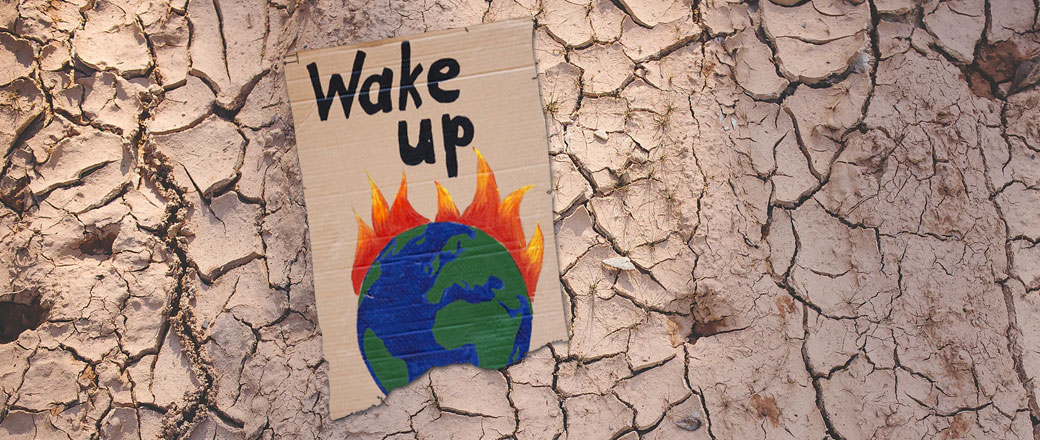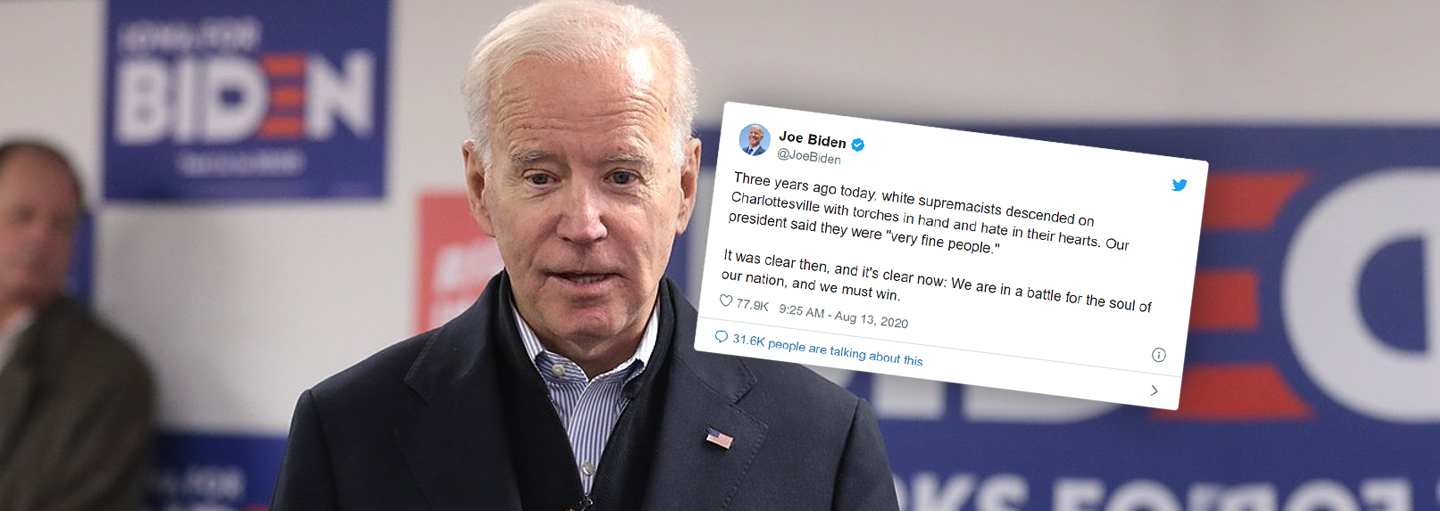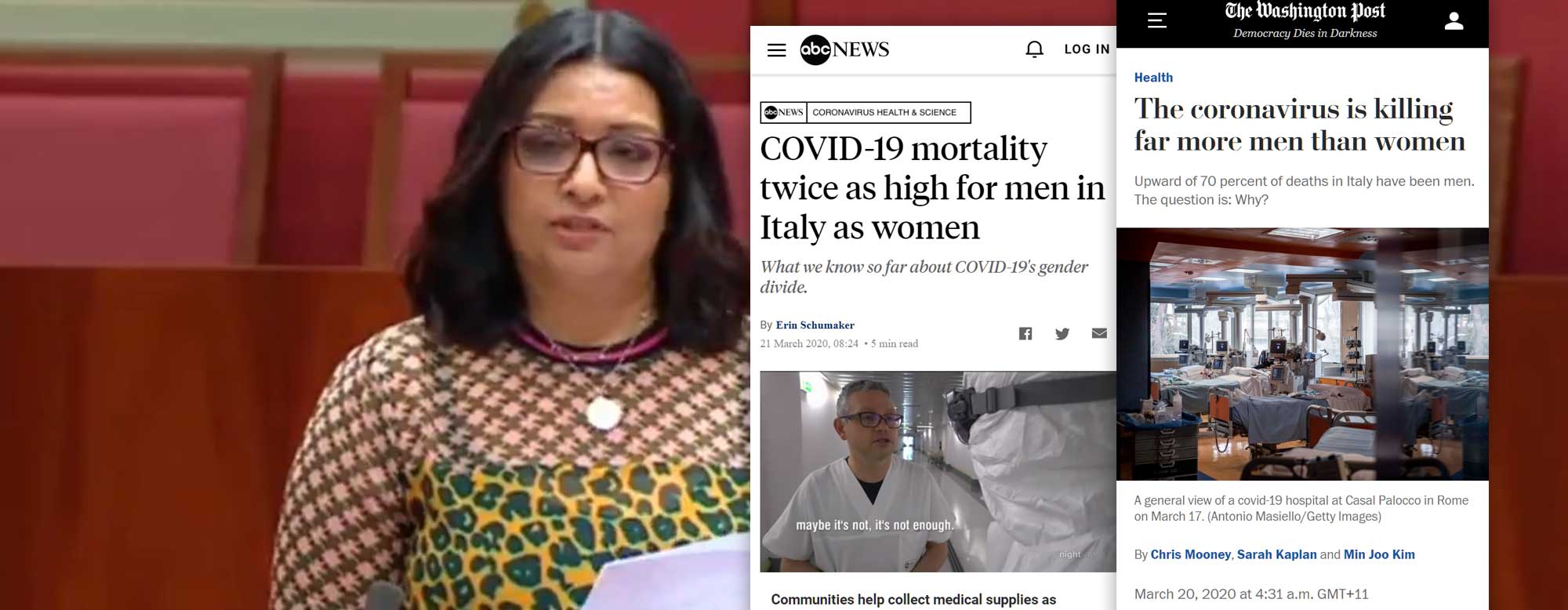It doesn’t get any more viciously Leftist than abortion, euthanasia, identity politics dividing people by ethnicity under the Darwinian myth of race, and Victorian Labor refusing to build new dams, under the “advisement” that we’re all doomed because of ‘apocalyptic Climate Change’, so what’s the point, dams won’t work anyway.
This surrender to the ‘apocalyptic climate change’ narrative is epitomized by Victorian Water Minister, Lisa Neville, who used climate change as a reason to stand by the decade long Victorian Labor ban on building more dams. Ean Higgins from The Australian wrote that the minister claimed, ‘climate change means not enough water would flow into them to make them worthwhile.’
Neville tried to back up her point, by stating that the ‘last dam to be built in Victoria was in 1996, the Thomas Dam, originally built to drought-proof Melbourne, but has only filled three times in its history – the last in 1996.’
Using an un-sourced forecast the minister then explained that, ‘climate change would lead to less rainfall and the state’s rivers being halved by 2065. Instead, they would rely on Victoria’s high electricity-consuming desalination plant and would happily take funds for new dams to expand the 3.5bn plant’s production.’
Although, the plant is said to ‘operate on 100% renewable energy’ [i], according to the Victorian Government website, the desalination plant ‘uses about 90 Megawatts of power from the grid to operate the plant and the water transfer.’
Neville’s warm embrace of potential federal funds raises questions. If ‘apocalyptic climate change’ means that drastic measures are necessary, why is a Labor minister advocating using a primarily coal-dependent system that will require more coal to run? (Note: Victoria currently has three coal power stations. The desalination plant is connected to one of them via Cranbourne.)
Neville’s “no” to dams makes very little practical sense. In essence, her argument goes like this: defend using fossil fuels to power a desalination plant, while claiming that fossil fuels are the reason for having to rely on fossil fuels, in order to power a desalination plant.
If this sounds illogical, that’s because it is. Her defence amounts to circular reasoning. Like much of the fear and hype surrounding versions of apocalyptic climate change, the argument against building dams is based on a scientific hypothesis, which has been turned into an apocalyptic prophecy. I.e.: rains won’t fall ever again, so dams are useless.
One would think that if climate change is the dire apocalypse that the Greens and Australian Labor tells us it is, the decision to uphold a ban on new dams, by Victorian Labor, is not only hypocritical but counter-productive.
If, as advocated by Australian Labor during the last election, imposing drastic measures on Australian citizens is necessary, shouldn’t Victoria’s Minister for Water be looking at preserving the water when it does fall, not pushing to fund a system, which is still connected a grid dependent on coal?
This is on par with what The ABC asked in 2008 when it published an article from then president of the Victorian Farmers Federation, LNP M.P. Simon Ramsay, who said if we accept Climate Change the Victorian government should be building more dams, not banning the construction of them.
Ramsay argued:
The no dams policy is a bad policy. In accepting climate change and the reality that the world will become even drier, we must also accept that there will be a greater number of extreme weather events, including floods. If last year’s floods in Gippsland, this year’s floods in Queensland and recent rainfall across Victoria have taught us anything it’s that, in spite of the drought, the clouds are not broken, and rain will still fall. New dams, positioned in appropriate areas, should be a sensible element of Victoria’s long-term water solution.
Ramsay also criticized the Andrews Government in 2016. He went after them for looking after their own self-interest, instead of the interest of the public. He claimed that Victorian Labor used a climate crisis narrative, and the desalination plant, to establish political credibility during an election year.
In his criticism Ramsay provides reasons for why Lisa Neville’s affection for the desalination plant, takes preference over building better infrastructure, to capture, and preserve rain when it does fall.
Ramsey explained that Lisa Neville “was one of the Brumby ministers who decided to build the desalination plant in the first place.” Ramsay then accused the Andrews government of ‘looking for a reason to vindicate the former (Labor) Brumby government’s decision to build the desalination plant more than six years ago.’ [ii]
Not all the glitters is gold. As for whether this shows that Neville seems more concerned about protecting a costly Labor Party project than serving the Victorian people, you join the dots.
Higgin’s article in The Australian also noted that Lisa Neville ‘dismissed’ the Federal LNP Minister for Water Resources, David Littleproud’s warning that without new dams population growth Victoria would be at risk of ‘sizeable reductions in available water per person by 2030.’
The policy against building dams suggests that Labor needs a climate crisis in order to stay electable in the eyes of voters. Create a crisis. Encourage a watered-down version of open borders to increase the population. Then don’t build responsible infrastructure to meet the growing needs of a growing population. Follow that up by blaming a water shortage on political opponents and “climate change”, followed by a fresh push for laws and taxes which increase government control and dependency.
Keeping infrastructure back helps to magnify the urgency of the ‘apocalyptic climate change’ narrative. As a result, the fear of a climate crisis and the government taking the role of messiah in fixing it generates votes.
This use and control of the narrative surrounding apocalyptic climate change theory is reminiscent of the 1930s.
The historical parallel is best illustrated by Thomas Doherty in his book Hollywood & Hitler.
‘The HANL propagandists (Hollywood anti-Nazi league – who by this time were had largely been overtaken by Communists), ironically, embraced the same ‘’hypodermic needle’’ theory of mass communications propounded by Joseph Goebbels, which injected the message into mass consciousness through repetition, simplicity and emotion.’
The first approach of this method was to ‘gain the individual’s sympathy for what he is about to learn, and second, to present the material in a way which reaches his or her personal interest and at the same time supplies the necessary facts to sustain the first emotional reaction.’ (p.106)
The word “denier” attached to those who question the apocalyptic climate change narrative is evidence of this kind of psychological warfare. “Denier” is a whip statement; a shaming control device. It’s a dehumanising word used as part of the argument which erroneously claim that “deniers” are dangerous. The real danger, however, lies in the fact that those who use this term flippantly, either forget or aren’t aware, that this technique is tragically in line with Nazi propaganda which dehumanised Jews in much the same way.
For an example of how effective this has been in Australian politics look no further than Tony Abbott. His government was demonized because they refused to join the chorus of hysterics regarding apocalyptic climate change. Even though the Abbott Government met climate change theory with strong, reasoned, and practical workable policies, all of which took a proactive stance towards improving the environment, Abbott was still labelled a “denier”.
The feeling of urgency and impending doom was carried into the mass consciousness by opportunists. This gave Abbott’s political opponents fuel to fire broadside after broadside, winning for them the sympathy of the Australian public by only releasing the necessary facts needed to sustain the first emotion. Proving that the false dawn of apocalyptic climate change is the perfect political firestorm.
It’s for these reasons that Victorian Labor’s choice not to build dams to combat what they believe is a crisis should be questioned by the discerning public. Otherwise, political parties will continue to capitalize on irrational fear. They will keep holding necessary infrastructure hostage so as to use it as a tool to win over a concerned public. The same public who has been convinced by those very same politicians, that if they want to avert apocalyptic climate change, they have to vote a certain way.
References:
[i] Wonthaggi Desalination Plant, Victoria, Water-Technology.net Sourced 19th Sept. 2019
[ii] Ramsay, S. 2016. State responsible for Barwon Water waste Sourced 19th Sept. 2019



















